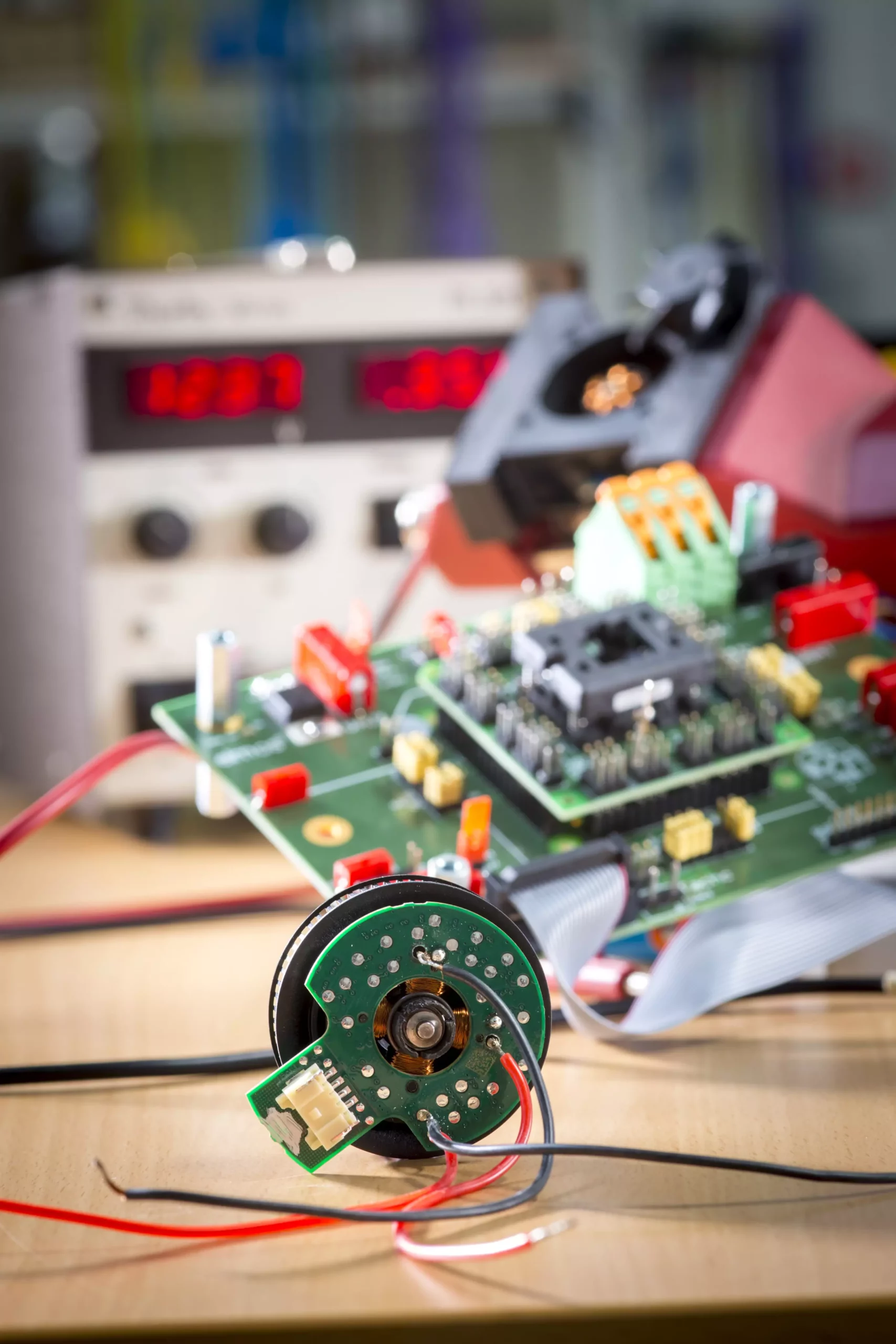Small electric motors are integral to modern technology, seamlessly integrating into a wide array of household appliances, essential tools, and sophisticated computer systems. Furthermore, in the automotive arena, these motors play a critical role in powering auxiliary components, such as pumps and cooling fans, which enhance vehicle functionality. While each motor individually consumes a modest amount of energy, their collective impact on energy consumption presents a notable opportunity for efficiency improvements. Recent advancements in motor technology have been spearheaded by a groundbreaking research initiative led by Annette Mütze at Graz University of Technology, focusing on brushless drives for various applications.
Insights from the CD Laboratory for Brushless Drives
The research conducted at the “CD Laboratory for Brushless Drives for Pump and Fan Applications” has unveiled potential pathways to harness energy-saving capabilities in small electric motors. By focusing on innovative design techniques and modern control technologies, the team has developed brushless integrated drives that promise to be more efficient, quieter, and lighter than their predecessors. One of the significant contributions of this research team has been the optimization of larger claw pole motors often utilized in vehicle lighting systems, demonstrating their underappreciated potential for small drive units.
Mütze’s team tackled the challenge of cogging torque—a phenomenon that causes abrupt engagement of the motor’s claws during rotation, resulting in vibrations and noise. By implementing specific modifications such as skewing and slotting the motor’s claws, they effectively minimized these unwanted vibrations without incurring additional costs. This innovation has resulted in a staggering 70% reduction in a key source of noise, allowing for a smoother and quieter operation of the motors. The profound impact of these changes showcases a significant leap toward user-friendly applications, particularly in residential and office environments where noise mitigation is essential.
Energy efficiency has further been enhanced through the simplification of current regulation in these small electric motors. Traditional pulse width modulation (PWM) methods require a multitude of switching actions to maintain the desired current flow, leading to unnecessary energy losses. Mütze’s approach allows for only a single switch operation for each desired “rectangle” of current, drastically cutting down on switching-related energy consumption. This optimization is particularly beneficial at lower current levels, where the new drives achieve superior overall efficiency compared to conventional PWM-regulated motors.
Another crucial development in this research is the integration of printed circuit board (PCB) motors with ferrite cores. This innovative design allows for the windings that generate the necessary magnetic fields to be integrated directly into the circuit boards, facilitating a high level of automation during production. By equipping these circuit boards with 3D-printed ferrite cores, the researchers have enhanced the guidance of the magnetic flux within the motors. This improvement makes it feasible to employ more cost-effective ferrite-based magnets, which further enhances the motors’ economic viability.
As the capabilities of small electric motors continue to evolve, we can anticipate a significant transformation in how various devices operate. The research spearheaded by Mütze’s team does not just represent incremental advancements; instead, it establishes a robust framework for future innovations in efficiency, noise reduction, and cost management. The potential applications of these technologically advanced motors are vast, promising enhancements across various sectors, including automotive, home appliances, and industrial tools.
The strides made in the development of brushless drives signify a pivotal moment in electric motor technology. The convergence of innovative design, improved control techniques, and advanced material usage lays a foundation for creating more sustainable and efficient energy systems. As researchers and engineers continue to push the boundaries of what is achievable, the journey toward creating eco-friendly electrification solutions is more promising than ever. The potential for energy savings has never been more achievable, and as these technologies become mainstream, they will undoubtedly contribute to a greener future.


Leave a Reply